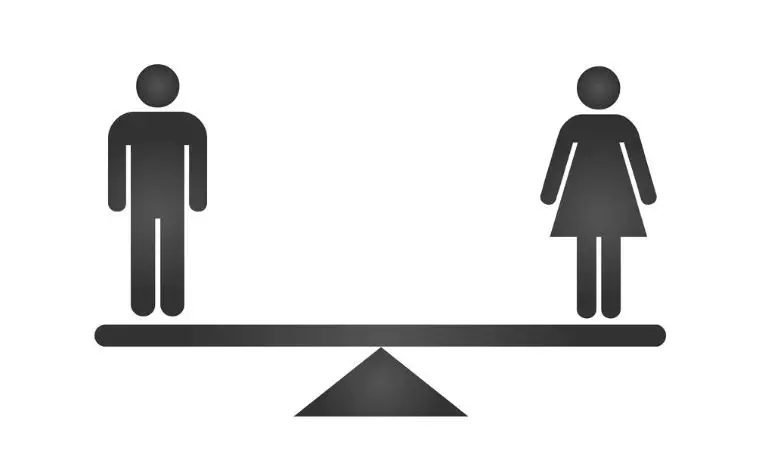Modernizing Gender, Sex and Sexual Orientation Documentation Practices in EHRs
By: Francis Lau PhD, FCAHS, CTSS, professor, School of Health Information Science, University of Victoria
Sexual and gender minorities (SGM) face numerous inequities in Canada [1]. Many experience discrimination, stigmatization and even violence when seeking care. Research shows SGM have higher rates of premature mortality, chronic diseases, depression, suicide, and barriers to preventive health screening and care. One major structural challenge is the inability of existing electronic health records (EHRs) to capture gender, sex and sexual orientation (GSSO) data beyond a single sex/gender data field with the value of male or female. This limitation has rendered SGM largely invisible in the EHRs, and by extension, within the health system.
To address this challenge, the Infoway Sex and Gender Working Group was established in December 2019 and spent 12 months working with organizations and communities across Canada to examine how GSSO data should be defined, collected and used in EHRs [2]. The result of this effort was a high level action plan with seven transformative actions to modernize GSSO documentation practices in Canadian EHRs [3]. Among the actions that should be of particular interest to health information management (HIM) professionals and health terminology specialists are in the areas of GSSO terminology, policy guidance and enabling EHRs.
For GSSO terminology it is to establish a precise, inclusive and multi-level GSSO terminology with standardized data definitions, coding schemes and value sets that support direct patient care and health system uses. For GSSO policy guidance it is to describe what data should be collected and why, who should collect them, when, where, how the data should be collected, and safeguards in place to protect the data and individuals who disclosed the data. For enabling EHRs it is to adopt a common set of EHR functions that support the collection and use of GSSO data, SGM-oriented clinical care guidelines (e.g. radiation shielding in imaging exams, cancer screening, lab reference ranges, reminders, and reports), clinical quality improvement, health system performance tracking and health evidence generation.
The action plan is only the beginning of a complex journey towards an SGM-inclusive health system. There is still a lot of work ahead, but this is truly a unique opportunity for HIM professionals and health terminology specialists to help lead the way towards a more equitable future for all Canadians. Those who are interested in contributing to this work can contact Francis Lau at UVic. For more information about the UVic Graduate Certificate Program in Health Terminology Standards, see https://www.uvic.ca/hsd/hinf/graduate/certificate/index.php.
Email: fylau@uvic.ca Twitter: @francislau1 #HealthTerminologyStandards #CCHIMCTSS #HINF
References
- Standing Committee on Health. The Health of LGBTQIA2 Communities in Canada – Report of the Standing Committee on Health. House of Common, Canada. Jun 2019. Retrieved from https://www.ourcommons.ca/DocumentViewer/en/42-1/HESA/report-28/
- Canada Health Infoway. Sex and Gender Working Group. Available from https://infocentral.infoway-inforoute.ca/en/collaboration/wg/sex-gender
- Canada Health Infoway. Sex and Gender Working Group Action Plan. Available from https://infocentral.infoway-inforoute.ca/en/resources/docs/sex-gender/sex-gender-action-plan






